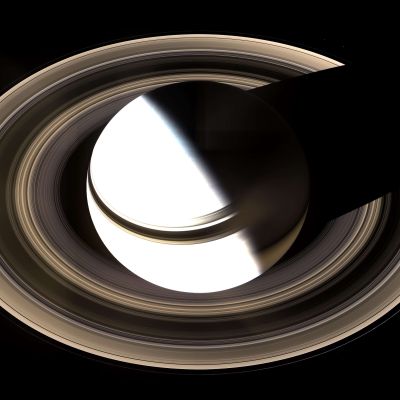Listen to exciting, non-technical talks on some of the most interesting developments in astronomy and space science. Founded in 1999, the Silicon Valley Astronomy Lectures are presented on six Wednesday evenings during each school year at Foothill College, in the heart of California's Silicon Valley. Speakers include a wide range of noted scientists, explaining astronomical developments in everyday language. The series is organized and moderated by Foothill's astronomy instructor emeritus Andrew Fraknoi and jointly sponsored by the Foothill College Physical Science, Math, and Engineering Division, the SETI Institute, the Astronomical Society of the Pacific, and the University of California Observatories (including the Lick Observatory.)
http://youtube.com/svastronomylectures
- 1
- 1
episode 1: Encounter with Ultima Thule: The Most Distant Object Humanity Has Ever Explored (with Dr. Jeff Moore)
After encountering Pluto, the New Horizons spacecraft, for the first time flew by a member of the Kuiper Belt of icy objects beyond Neptune. This particular object, informally named “Ultimate Thule” (meaning the farthest place beyond the known world,) turned out to be a “contact binary” – two smaller icy worlds stuck together. Dr...
episode 2: Meet the Neighbors: Exploring Planets Orbiting Nearby Stars (with Dr. Courtney Dressing)
The NASA Kepler mission revealed that our Galaxy is teeming with planetary systems and that Earth-sized planets are common. However, most of the planets detected by Kepler orbit stars too faint to permit detailed study. The NASA Transiting Exoplanet Survey Satellite (TESS,) launched in 2018, is finding hundreds of small planets orbiting stars that are much closer and brighter. Dr...
episode 3: What Does a Black Hole Look Like: How We Got our First Picture (With Prof. Eliot Quataert)
Black holes are one of the most remarkable predictions of Einstein's theory of gravity: so much material is compressed into such a small volume that nothing, not even light, can escape. In Spring 2019, the world-wide Event Horizon Telescope released the first real picture of gas around a massive black hole and the “shadow” it makes as the gas swirls into the black hole. Dr...
episode 4: The Biggest Sky Survey Ever Undertaken: Exploring the Universe with the Rubin Observatory (with Dr. Phil Marshall)
The Vera Rubin Observatory will house a survey telescope that will image the night sky faster and deeper than ever before. Its camera, at 3.6 Gigapixels, will be the biggest digital camera ever built. The Rubin Observatory will be able to image the entire visible sky every few nights, and build up, over 10 years, a 900-frame full color movie of the deep night sky...
- 1
- 1
